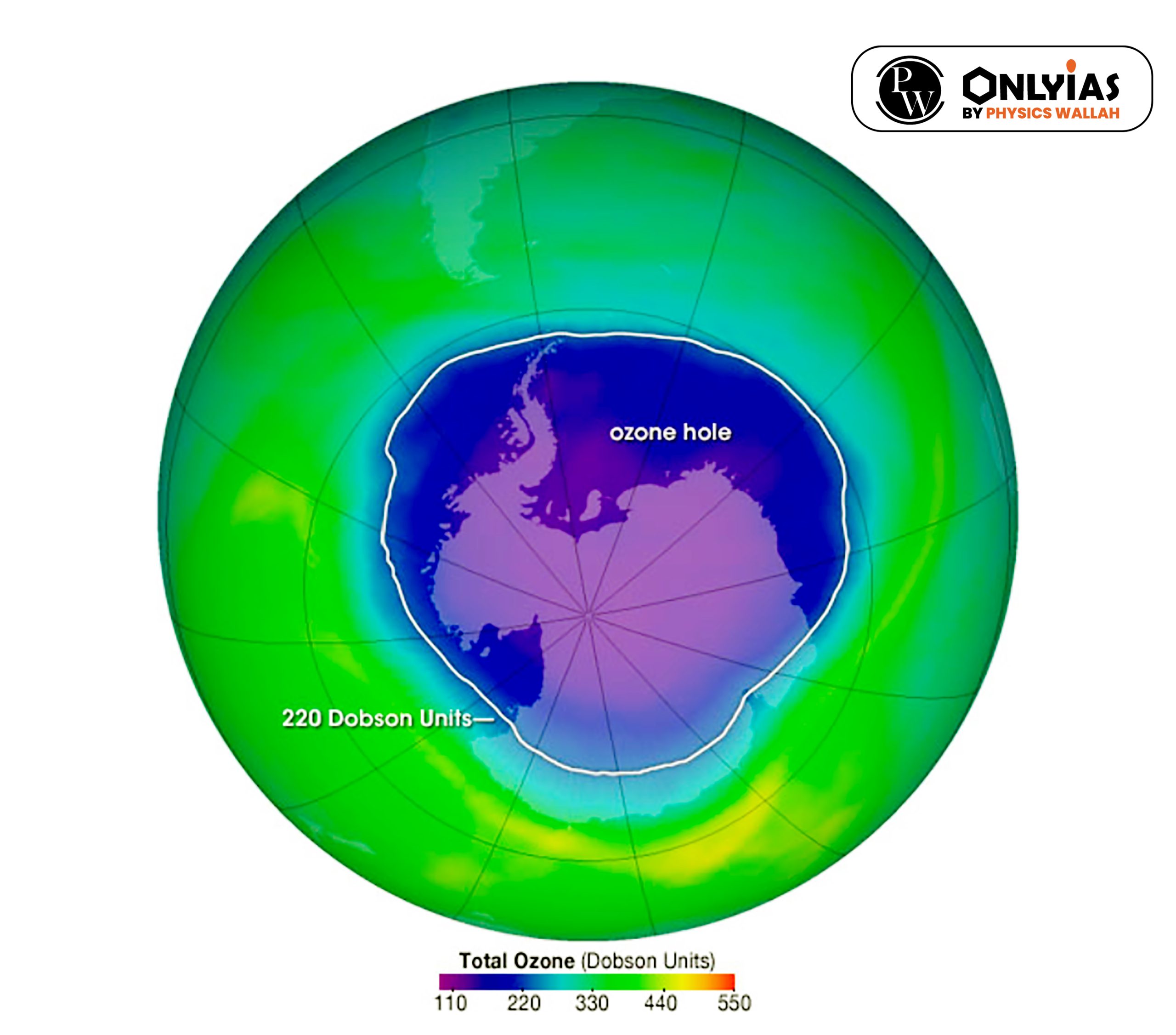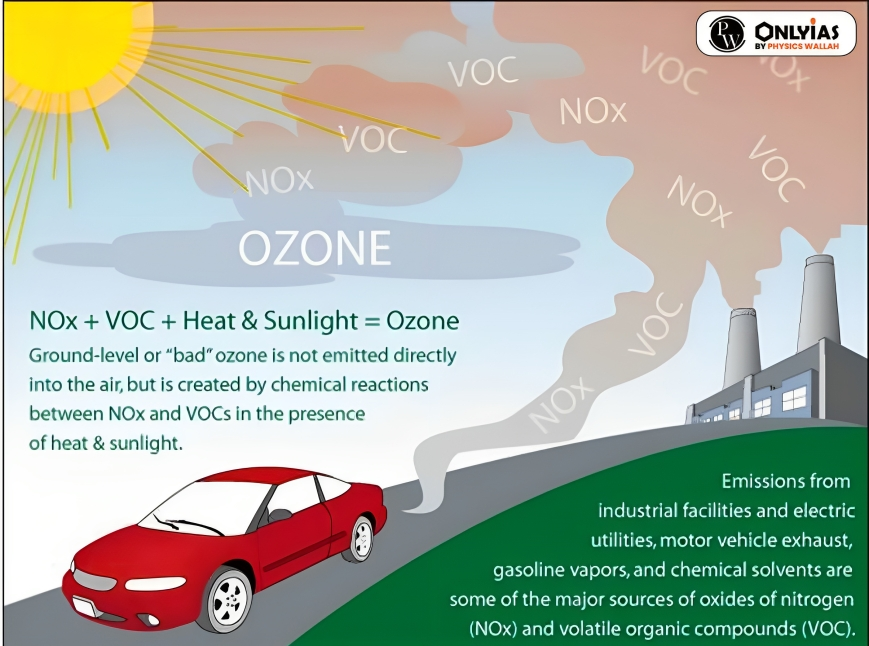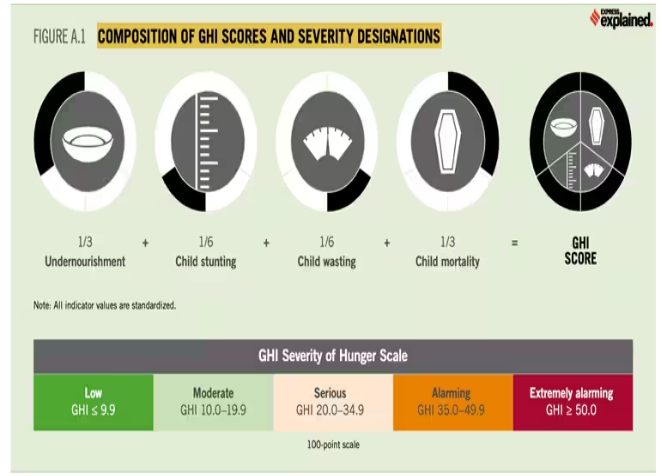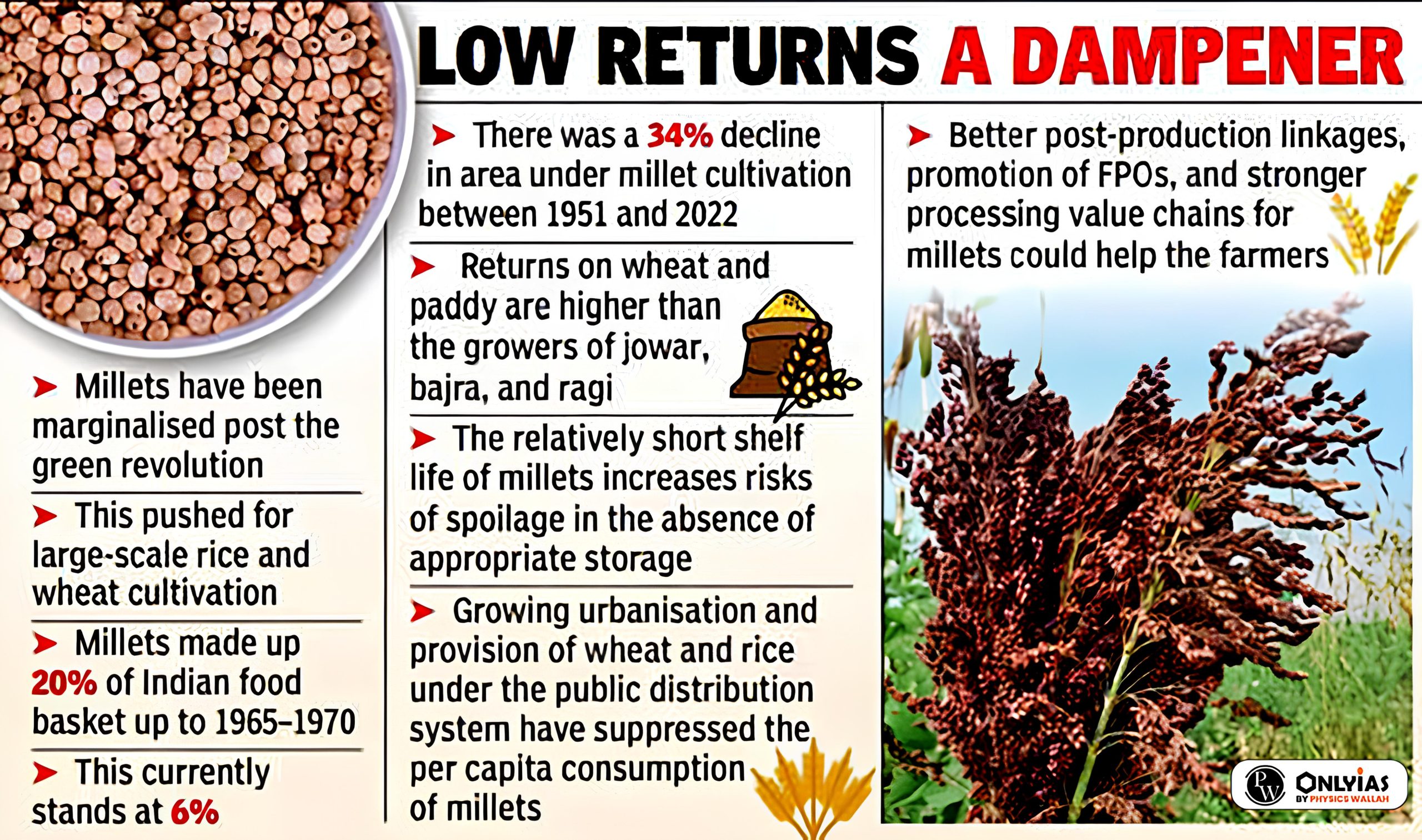The International Energy Agency:
United Nations Environment Programme (UNEP):
UNEP-Convened Climate and Clean Air Coalition:
|
|---|
Source: DTE
News Source: Financial Express
| Attempt the PY Prelims Question
In the ‘Index of Eight Core Industries’, which one of the following is given the highest weight? (a) Coal production (b) Electricity generation (c) Fertilizer production (d) Steel production Ans: (b) |
|---|
News Source: Business Standard
| Attempt the PY Prelims Question
Central Bank digital currencies, consider the following statements : 1. It is possible to make payments in a digital currency without using US dollar or SWIFT system. 2. A digital currency can be distributed with a condition programmed into it such as a time-fame for spending it. Which of the statements given above is/are correct? (a) 1 Only (b) 2 Only (c) Both 1 and 2 (d) Neither 1 nor 2 Ans: (C) |
|---|
News Source: Economic Times
| Attempt the PY Prelims Question
Consider the following statements: (2020) 1. The weightage of food in Consumer Price Index (CPI) is higher than that in Wholesale Price Index (WPI). 2. The WPI does not capture changes in the prices of services, which CPI does. 3. Reserve Bank of India has now adopted WPI as its key measure of inflation and to decide on changing the key policy rates. Which of the statements given above is/are correct? (a) 1 and 2 only (b) 2 only (c) 3 only (d) 1, 2 and 3 Ans: (a) |
|---|


News Source: The Indian Express
| Attempt the PY Prelims Question
With reference to ‘Global Environment Facility’, which of the following statements is/are correct? (2014) (a) It serves as financial mechanism for ‘Convention on Biological Diversity’ and ‘United Nations Framework Convention on Climate Change’. (b) It undertakes scientific research on environmental issues at global level. (c) It is an agency under OECD to facilitate the transfer of technology and funds to underdeveloped countries with specific aim to protect their environment. (d) Both (a) and (b) Ans: (a) |
|---|

Key Terms:
|
|---|
The Ministry of Women and Child Development not only dismissed the GHI but also questioned the intent of its authors. An official statement has described the report as part of a “consistent effort’’ to “taint India’s image”.
| Food security vs nutritional security:
Food security is defined as the availability and the access of food to all people; whereas nutrition security demands the intake of a wide range of foods which provides the essential needed nutrients. |
|---|
News Source: The Hindu
| Relevancy for Prelims: Millets Cultivation, Hunger Crisis, Ridding India Of Food Security, and Minimum Support Price (MSP).
Relevancy for Mains: Crop Switching: A Path to Sustainable Agriculture, Benefits of millets cultivation, and government initiatives to promote millet production in India. |
|---|

What are the Millets/Nutri-cereals/Superfoods?
Climatic conditions
Largest producers States in India
Largest Productivity in India
|
Also read: Food Processing Industry In India


What initiatives has the government taken to promote millet production?
|
|---|
Switching to millets presents a promising solution for sustainable agriculture, offering ecological benefits like water savings and climate resilience, economic gains for farmers, and enhanced health benefits. However, addressing challenges such as low yields, shelf life issues, and market access are crucial.
| Attempt the PY Prelims Question
With reference to ‘Initiative for Nutritional Security through Intestive Millets Promotion’, which of the following statements is/are correct? 1. This initiative aims to demonstrate the improved production and post-harvest technologies, and to demonstrate value addition techniques, in an integrated manner, with cluster approach. 2. Poor, small, marginal and tribal farmers have larger stake in this scheme. 3. An important objective of the scheme isto encourage farmers of commercial crops to shift to millet cultivation by offering them free kits of critical inputs of nutrients and microirrigation equipment. Select the the correct answer using the code given below. (a) 1 only (b) 2 and 3 only (c) 1 and 2 only (d) 1, 2 and 3 Ans: (c) |
|---|
| Attempt the Mains Question: Explain the changes in cropping pattern in India in the context of changes in consumption pattern and marketing conditions. |
|---|
SC Verdict on Newsclick Shows Adherence to Due Pro...
Stay Invested: On Chabahar and India-Iran Relation...
Credit Rating Agencies, Impact on India’s De...
Catapulting Indian Biopharma Industry
Globalisation Under Threat, US Import Tariffs Have...
Global Report on Hypertension, Global Insights and...
<div class="new-fform">
</div>
